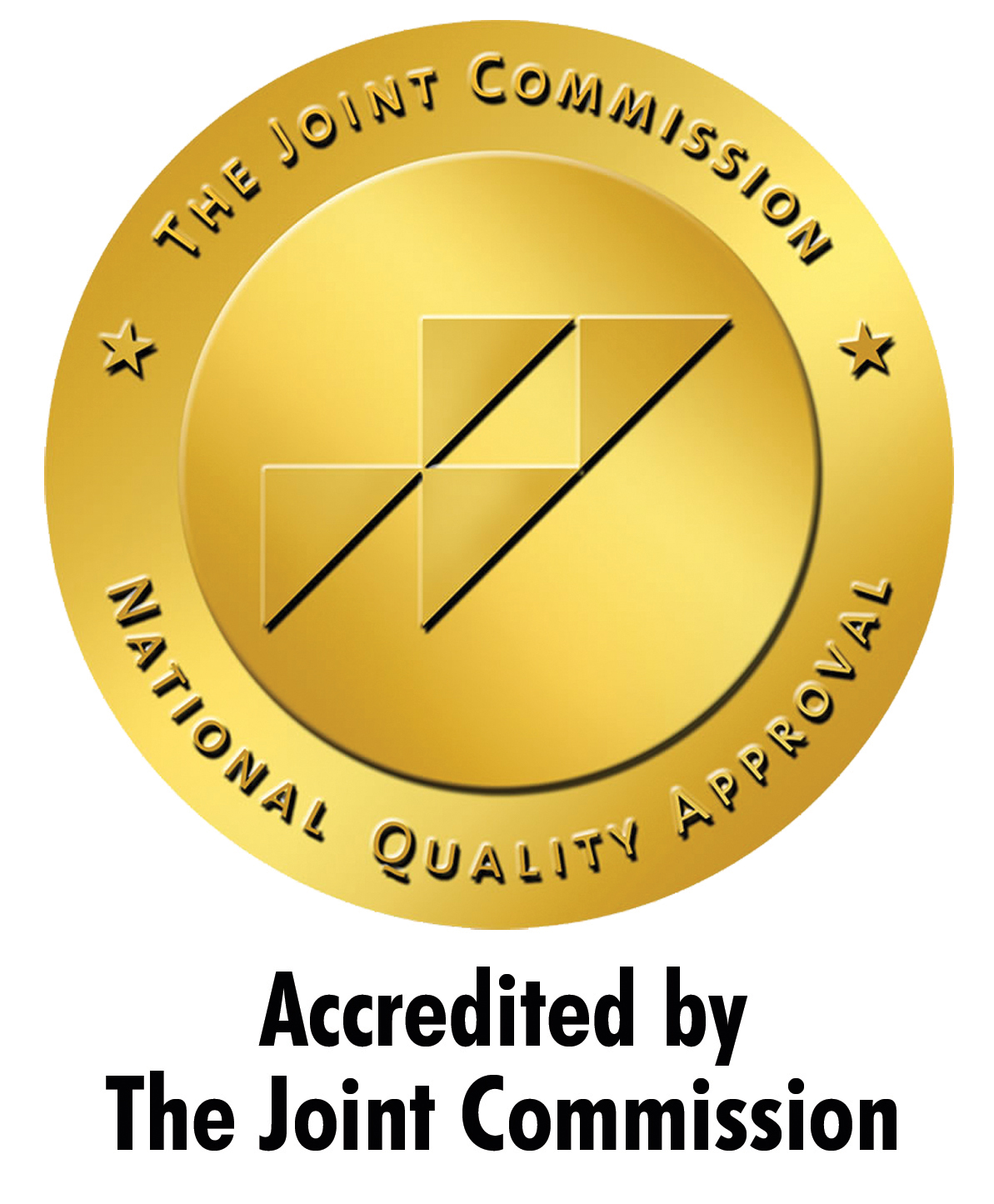Lyme Disease: What is it and how is it treated?
By Stuart Brown, DO
June 12, 2013Lyme disease is a tick borne disease caused by a bacterium that is transmitted by an infected deer tick. The deer tick is a small tick that becomes active in late spring. It lives primarily in the woods and in leaves on the ground. It appears to be increasing in numbers in Ohio according to the Ohio Department of Health. While not considered an endemic area, fifty three cases of Lyme disease were reported in Ohio in 2011.
The characteristic rash of Lyme disease, called erythema migrans, is a round or oval shaped red rash that develops at the site of the bite. It usually becomes evident 7-14 days after the tick is removed. It is a dry flat rash at least 5 cm (approximately 2 in) in size. The tick has to be attached 36 to 48 hours in order for infection to occur. A rash that occurs while the tick is still attached or that develops within 48 hours is most likely a hypersensitivity (or allergic) reaction and is less than 5 cm. The erythema migrans rash can become quite large ranging from 5 to 70 cm. It can develop areas of clearing giving it a target or “Bull’s eye” appearance. While the rash may be warm to the touch, it is not painful. Some of the other symptoms of early Lyme disease can include fatigue, fever, chills and muscle aches.
The musculoskeletal symptoms are the next most common symptoms of Lyme disease. Joint pains may have swelling and associated muscle pain. Arthritis may occur later in the disease, typically typically in the knees and hips after about 6 months. Lyme disease can also cause neurologic and cardiac problems, but these complications are much less likely.
The best treatment for Lyme disease is prevention. The Infectious Diseases Society of America recommends protective clothing and insect repellant containing DEET. It is also recommended to avoid wooded or grassy areas where Lyme disease is endemic. Removal of ticks within 24 hours can prevent the transmission of Lyme disease so performing tick checks and bathing within 2 hours of possible exposure can prevent tick attachment and therefore prevent transmission of the disease.
While numerous methods of tick removal might be available, it is recommended to use fine tip forceps or tweezers to grasp the tick as close to the skin as possible so as not to compress the body to remove imbedded ticks. Please do not burn your kids.
Diagnosis can be made by history with the characteristic rash. The CDC and the IDSA recommend a 2 tiered blood test. If the first test is positive, a second more sensitive test is run to confirm the disease. Cultures are not routinely available so the blood tests are preferred for making or confirming the diagnosis.
Treatment of confirmed cases is with antibiotics. They are generally given for 14 days but may be given for 28 days if there is arthritic involvement. At this time the IDSA, the American Academy of Pediatrics and American College of Rheumatology do not recommend long term antibiotic use. While doxycycline is the antibiotic of choice other antibiotics may be used for children, pregnant patients or those who are allergic to doxycycline.
While Lyme disease is the most common tick born infection, it is not the only disease caused by ticks. Erythema migrans is characteristic but there are a lot of rashes that look similar including spider bites, cellulitis, hives and even eczema. Lyme disease can be relatively easily treated if diagnosed early but can have long term complications if not treated. And while uncommon, Lyme disease is here in Ohio.
Dr. Stuart Brown is a Board Certified Family Physician with Trinity Medical Group. His offices are located at Gnadenhutten and Newcomerstown. To schedule an appointment, call (740) 922-0000.
« Back to Learning Center



